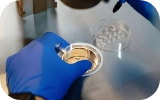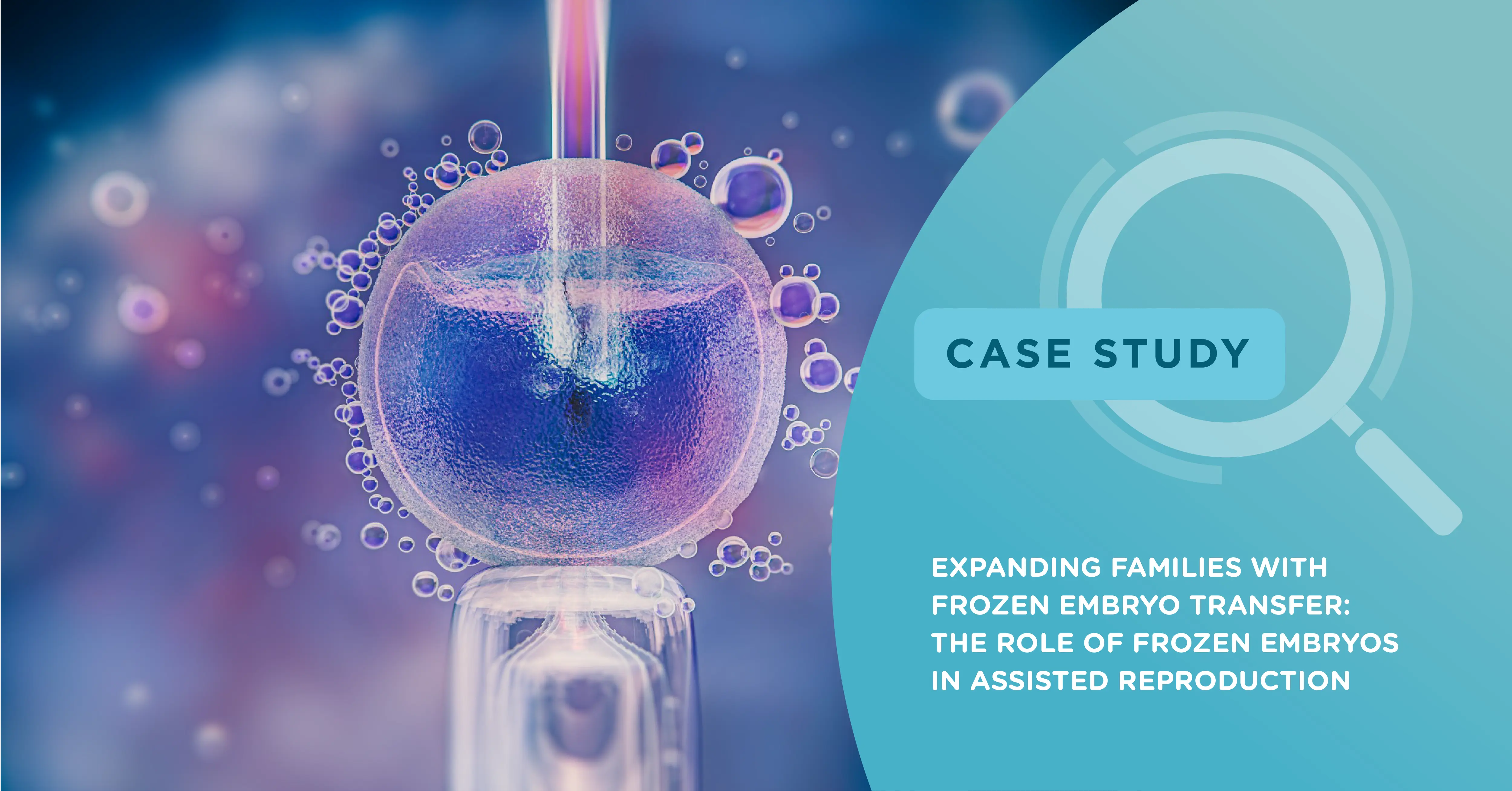Timely ART Intervention: A Key to Overcoming Ovarian Reserve Challenges in a Young Woman

For a 26-year-old woman, getting pregnant has been a long and frustrating journey. In an attempt to experience the precious journey of motherhood, she went to the Nova IVF Fertility in Mangalore to receive fertility treatment from Dr. Shaweez Faizi, fertility specialist in Mangalore, Karnataka, with a hope of achieving pregnancy. The lady underwent a comprehensive evaluation and a few basic clinical, laboratory and hormonal tests to identify the underlying cause of her infertility. After receiving the test results, the young woman was diagnosed with premature ovarian insufficiency (POI).
What is Premature Ovarian Insufficiency (POI)?
POI is the failure of the ovaries before the age of 40. Normal ovarian function refers to the number of eggs a woman holds in her ovaries at a specific time in her life and includes the production of eggs and hormones such as oestrogen and progesterone. Unlike menopause, ovarian failure can occur in a certain population of women. It affects approximately 1% of women and may develop during puberty.
The diagnosis is usually made by hormone tests and ultrasound assessment of ovarian reserve (AFC – antral follicle count)
Early diagnosis of POI
Some women may not menstruate at all or may not reach puberty during the normal sequence. Others have found to have a declining ovarian function after being tested for infertility with no previous symptoms. Symptoms may arise because of low oestrogen levels due to ovarian dysfunction or insufficiency. POI is a complex disorder with multiple causes and effects. Early diagnosis and appropriate treatment are critical for managing symptoms and minimizing long-term risk.
Antral follicle count (AFC)
- Normal: Each ovary has between 8 and 10 antral follicles.
- Low: Fewer than 5 antral follicles in each ovary indicates reduced ovarian reserve.
Anti-Müllerian hormone
- Normal: AMH levels ≥ 2-2.5 ng/mL are normal. Patients with a level between 1-2ng/ml have a borderline low ovarian reserve and this has to be clinically correlated, i.e with her AFC.
- Low: AMH levels < 1.0 ng/mL may indicate low ovarian reserve.
- Very Low: An AMH level < 0.5 ng/mL indicates very low ovarian reserve.
Follicle-stimulating hormone
- Normal: A normal FSH level is usually < 10 mIU/mL.
- High: FSH levels > 10 mIU/mL usually indicate a decreased ovarian reserve.
Oestradiol
- Normal: Oestradiol levels < 40 pg/mL are normal.
- High: A high oestradiol level (40 pg/mL or higher) may indicate a decreased ovarian reserve.
What treatments are available for women with POI?
POI has an irreversible cause very rarely, when ovarian failure is caused by an external cause, such as radiation therapy or chemotherapy, ovarian function returns on its own. This depends on several factors, including the intensity and duration of treatment and the patient's age and health.
The treatment of symptoms may be hormonal or nonhormonal. Oestrogen and progesterone are components of treatment that are always diagnosed and supervised by a specialist.
Can women with POI become pregnant?
Approximately 10% of women with POI can conceive with their own eggs, with or without some type of adjuvant therapy (additional, optional, treatment steps that may be offered).
What are the causes of POI?
The cause of POI may be genetic, disease-related, invasive treatments such as chemotherapy or radiation therapy, or previous surgery.
In Vitro Fertilization (IVF)/ ART (assisted reproduction technology)
IVF is one of the most advanced and effective assisted reproductive techniques, particularly for infertility treatments such as POI. Many couples who had tried unsuccessfully at other approaches have found success with IVF. IVF starts with taking advantage of your natural cycle or prescribing drugs that increase the number of mature oocytes in the ovaries. Hormonal injections allow to increase the efficiency of IVF cycles.
In this case, Dr. Shaweez explained the causes of POI and the advanced treatments available for this condition. An ultrasound check revealed that the female partner's ovary contained a single developing egg. Next, Dr. Shaweez checks for oocyte development through vaginal ultrasounds and blood tests. At last, Dr. Shaweez went ahead with conventional IVF treatment. During this treatment, a single oocyte was monitored, recovered, and fertilized with a sample of already capacitated sperm in a culture dish so that fertilization occurs naturally and spontaneously. The fertilized egg was successfully implanted into the woman’s uterus, resulting in a successful pregnancy. The couple were blessed with a healthy baby girl and were very happy that they took the right decision and made the right choice of meeting the specialist.
Effective Treatment
The couple received effective treatment from the Nova IVF Fertility Centre in Mangalore, enabling them to embark on the journey of loving parenthood. This case highlights the importance of early fertility evaluation and timely intervention because even a low ovarian reserve can yield good-quality eggs in a young woman.
Dr. Shaweez, Fertility Specialist at Nova IVF Fertility Centre, Mangalore, thus has achieved a positive outcome by helping the couple achieve their dream of having a family.
 Infertility Counselling
Infertility Counselling Female Infertility Treatment
Female Infertility Treatment Andrology Treatment
Andrology Treatment Fertility Enhancing Surgeries - Female
Fertility Enhancing Surgeries - Female Fertility Enhancing Surgeries - Male
Fertility Enhancing Surgeries - Male Endoscopy Treatment
Endoscopy Treatment IUI Treatment
IUI Treatment IVF Treatment
IVF Treatment ICSI Treatment
ICSI Treatment Advanced IVF Solutions
Advanced IVF Solutions Embryology
Embryology Vitrification Egg, Embryo, Sperm Freezing
Vitrification Egg, Embryo, Sperm Freezing Preimplantation Genetic Testing (PGT)
Preimplantation Genetic Testing (PGT) Donation Program Embryo / Egg / Sperm
Donation Program Embryo / Egg / Sperm Self-cycleTM IVF
Self-cycleTM IVF

 Self-cycleTM IVF
Self-cycleTM IVF
















Add new comment